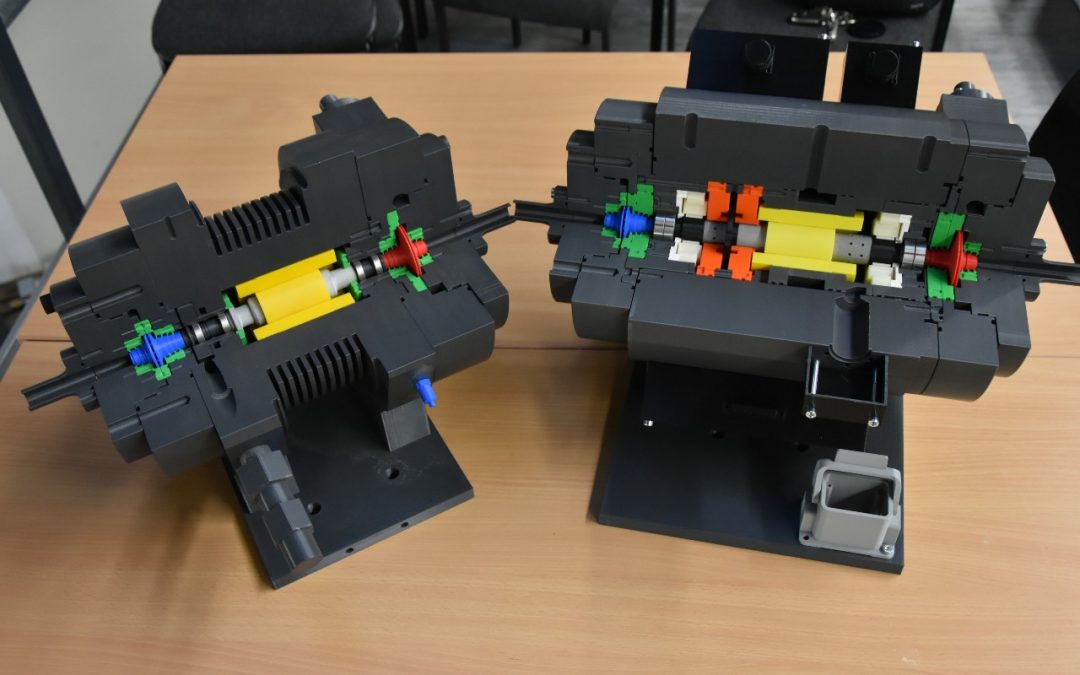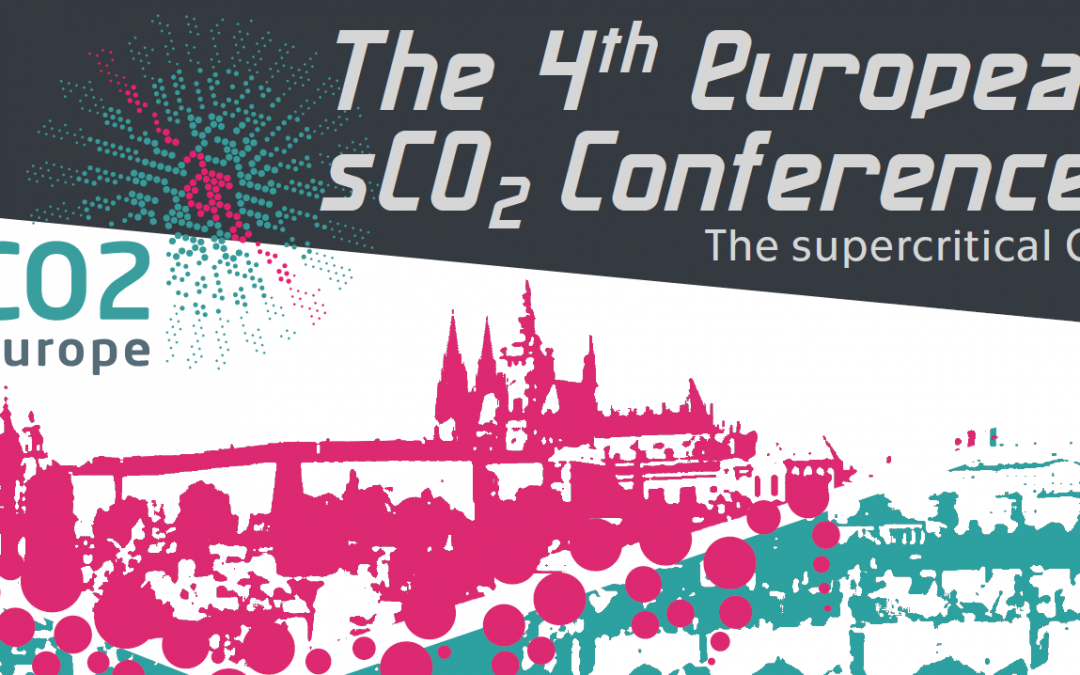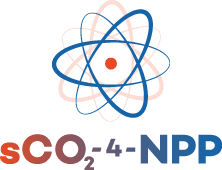Congratulations to the authors on winning Best Paper Award from the 4th European sCO2 Conference for the paper “Simulation and Analysis of a Self-Propelling Heat Removal System Using Supercritical CO2 at Different Ambient Temperatures”. This research and paper was a...

3D-printed 1-to-1 scale model of turbomachine
Figure: 3D-printed 1-to-1 scale models of turbomachines developed in the sCO2-HeRo project (left) and its improved version from sCO2-4-NPP project (right) for laboratory scale experiments
In the sCO2-4-NPP project, partner University of Duisburg-Essen (UDE) in consultation with Baker Hughes develops the turbomachine for the heat removal system to technology readiness level (TRL) 5. As an intermediate step, the technology for the turbomachine in the scale of the nuclear power plant (NPP) is validated under experimental conditions in the sCO2-HeRo cycle.
Employing knowledge gained from the experiments in the sCO2-HeRo project, an improved turbomachine for experimental investigation is being built following the same concept of an integral design. This design features from left to right a compressor (blue), alternator (yellow) and turbine (red) on a single shaft (light grey) in a hermetic casing (dark grey). The compressor and turbine stator and their seals are colored green.
Improvement focuses on the bearings. Due to the incompatibility of conventional lubrication with CO2 in the supercritical state (sCO2), the first version of the turbomachine (left) requires a leakage feedback pump to operate ball bearings (metallic) in subcritical CO2. In the improved turbomachine developed in the sCO2-4-NPP project (right), magnetic bearings replace the ball bearings. Due to contactless rotation of the shaft, they require no lubrication and can operate in sCO2. Therefore, the change of bearings reduces overall system complexity by mitigating the leakage feedback pump. The magnetic bearings in the turbomachine on the right, supplied by MECOS AG, consist of the axial bearing (orange) and the two radial bearings (beige) in combination with position sensors (white) and safety bearings (metallic).
Based on this model, a new turbomachine for the size of the 200 kWth sCO2-HeRo loop is being manufactured to validate the robustness of the design.



